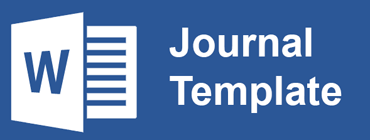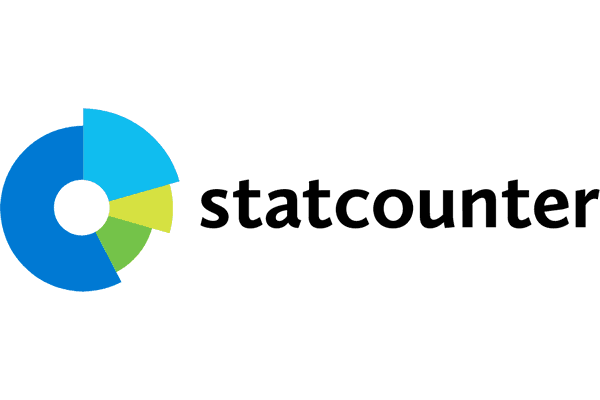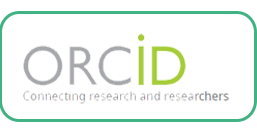THE EFFECT OF WEBBING STRATEGY TO IMPROVE THE STUDENTS’ READING COMPREHENSION
Abstract
Full Text:
PDFReferences
Arikunto, Suharsimi. (2006). Prosedur Penelitian Suatu Pendekatan Praktek. Jakarta: Rineka Cipta.
Ary, Donald., Lucy Cheser Jacobs, and Chris Sorensen. (2010). Introduction To Research in Education. Canada: Wadsworth Cengange Learning.
Brown, H. Douglas. (1994). Teaching by Principles: An Interactive Approach to Language Pedagogy. New Jersey : Prentice Hall Regents.
Ceranic, Helena. (2014). Panduan Bagi Guru Bahasa Inggris. Jakarta: Erlangga.
Denton, C. Bryan, D. Wexler, J. Reed, D. & Vaughn, S. (2007). Effective Instruction for Middle School Students with Reading Difficulties. (https://teachingenglish4all.wordpress.com/, accessed on September 22, 2020)
Djaali, Pudji Muljono and Sudarmanto. (2008). Pengukuran dalam Bidang Pendidikan. Jakarta: Grasindo.
Harmer, Jeremy. (2001). The Prectice of English Language Teaching Longman Handbooks for Language Teacher. London : Longman Eight.
Harmer, Jeremy. (2007). How to Teach English, Harlow: Longman Pearson.
Larry, Harris A and Smith B Carl. (1986). Understanding Reading Problems Assessment and Instruction. New York: Macmillan.
Manser, Martin H. Oxford Learner’s Pocket Dictionary. Oxford: Oxford University Press.
Patel, M.F. (2008). English Language Teaching, (Methods, Tools, and Techniques). Jaipur: Sunrise publishers.
Richard, Jack., Jhon Platt and Heidi Weber. (1986). Longman Dictionary of Applied Linguistic. RELC Journal. Vol 17(2)
Van den Broek, P., & Espin, C. A. (2012). Connecting cognitive theory and assessment: Measuring individual differences in reading comprehension. School Psychology Review, Vol 41(3)
DOI: http://dx.doi.org/10.30829/vis.v17i1.1037
Refbacks
- There are currently no refbacks.
Copyright (c) 2021 VISION
















